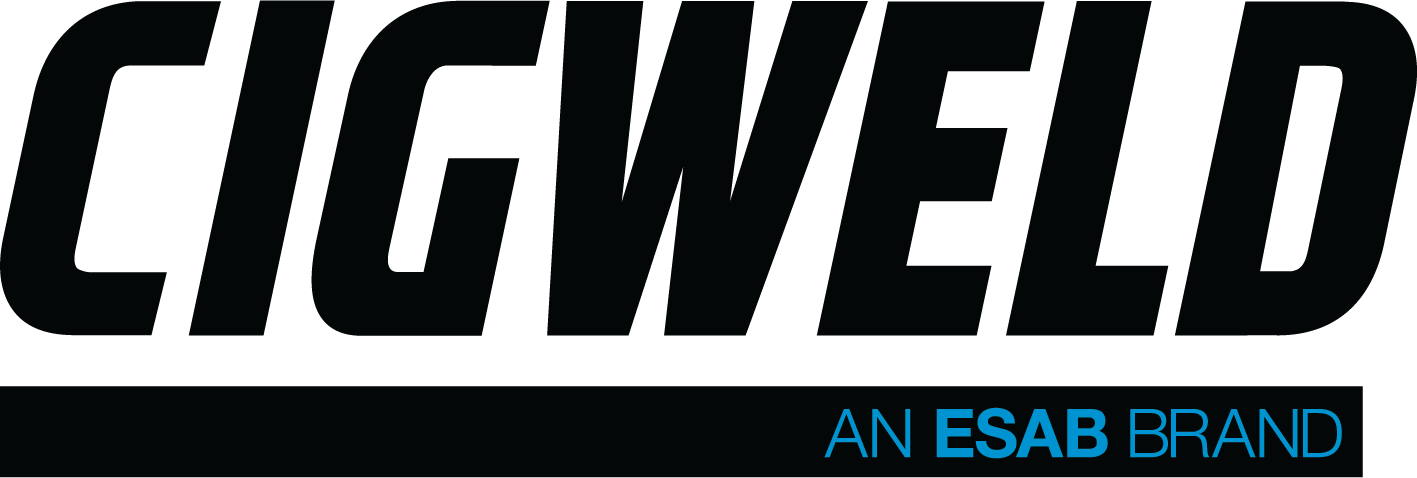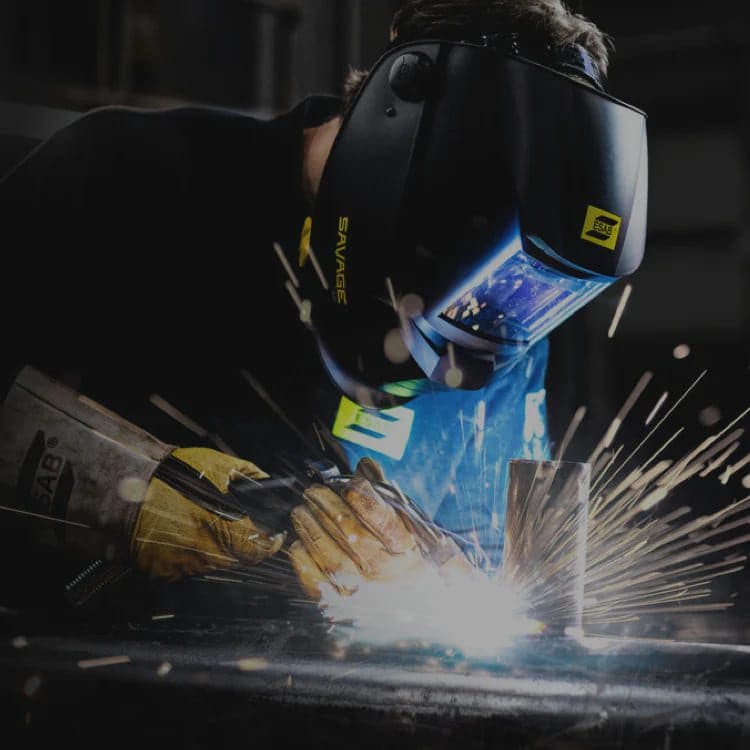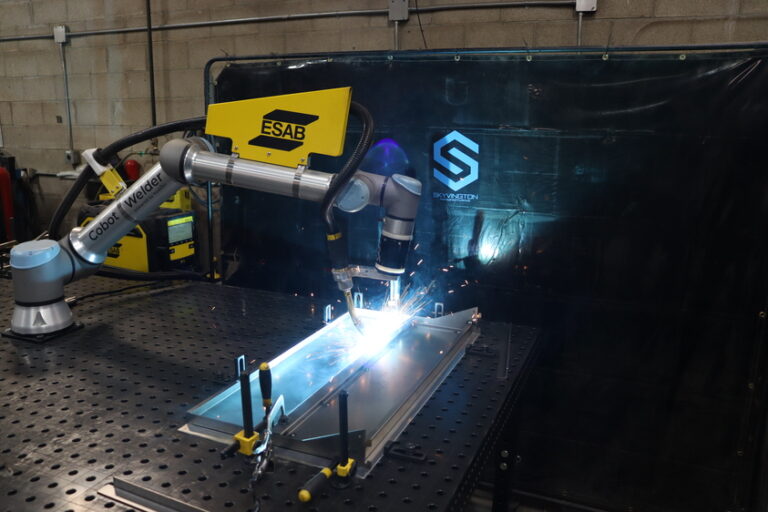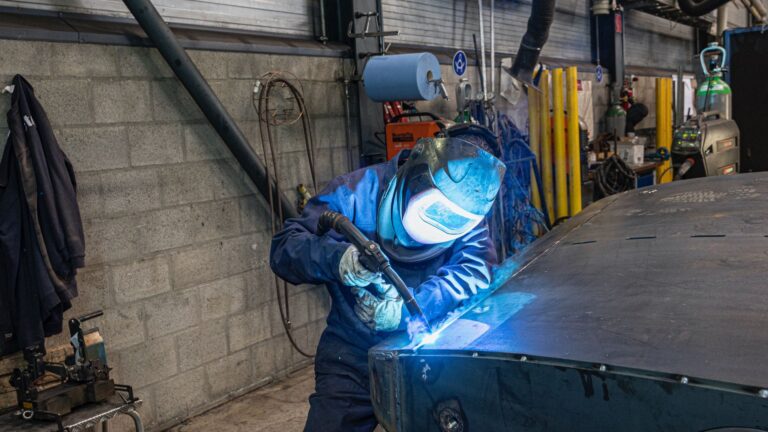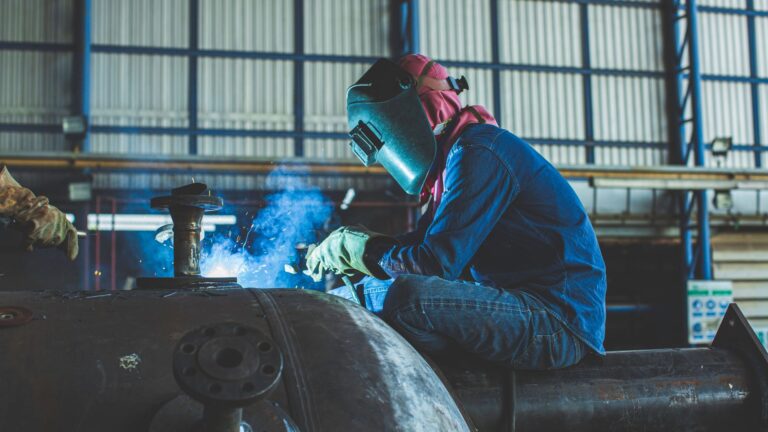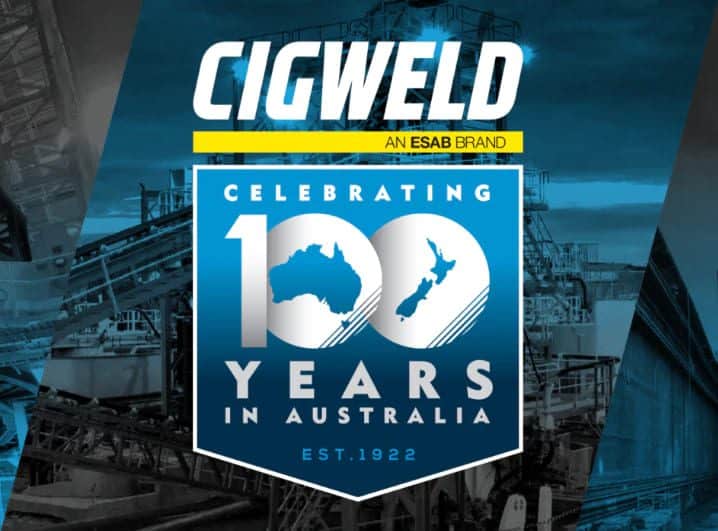Welding is a fascinating process dating back to 1904 when the coated electrode was developed. In this document we will cover the types of arc welding, processes with the aim to provide some helpful tips. In simple terms, arc welding is a process used to join metals. The welding process involves a welding power source to generate an electric arc to melt the parent material being welded as well as any consumable being used. This then bonds separate individual metals together.
IMPORTANT: STAY SAFE, ALWAYS
This has been written for experienced – competent operators. If you are not fully familiar with the principles of operation and safe practices for arc welding and cutting equipment, we urge you to read Cigweld/ESAB’s booklet, “Precautions and Safe Practices for Arc Welding, Cutting, and Gouging” with reference 0-5407 available from www.cigweld.com.au or email enquiries@cigweld.com.au
Do NOT permit untrained personnel to install, operate or maintain equipment. Do NOT attempt to install or operate equipment until you have fully read and understand these instructions. If you do not fully understand these instructions, contact your supplier for further information. Be sure to read the Safety Precautions before starting any installation.
TYPES OF WELDING PROCESSES
There are four main types of arc welding processes. These are termed Stick Welding (SMAW), MIG Welding GMAW, TIG Welding GTAW and Flux Cored Arc Welding FCAW. In this post, we will be taking a closer look at these four processes.
1. STICK WELDING (SMAW)
Stick Welding is the simplest form of welding. The technical term here is Shield Metal Arc Welding, abbreviated to SMAW. Historically, it has also been known as Manual Metal Arc Welding (MMAW). The “stick” is the slang name derived from one of the materials used in the process, Stick welding uses a power source that outputs a constant current electric arc. This current flows through a flux coated welding electrode. The coating ensures that the weld zone is not exposed to air while the rod is melting. This method is relatively cheap and compatible with most metals. SMAW is widely used in a number of applications i.e construction sites, workshops, shipyards, pipelines, farm repairs, D.I.Y etc.
2. MIG WELDING (GMAW)
GAS Metal Arc Welding, generally referred to as MIG, is an arc welding process whereby an electric arc forms between a consumable mig wire and the work piece which heats these materials causing them to melt and form a molten metal puddle which joins together. The heat zone is blanketed with a shielding gas which shields the welding puddle from atmospheric contamination. MIG is a simple, fast and widely used process and would be recommended to start with if you are new to welding.
3. TIG WELDING (GTAW)
Gas Tungsten Arc Welding, generally referred to as TIG, is an arc welding process that uses a tungsten electrode to deliver the electric current to the weld pool. This process also requires a shielding gas, generally Argon, in order to protect the weld metal from atmospheric contamination. The TIG process requires a lot more experience and can also be rather challenging for the inexperienced. GTAW is commonly used to weld thin sections of stainless steel and non-ferrous materials (e.g. aluminum, magnesium and copper alloys).
